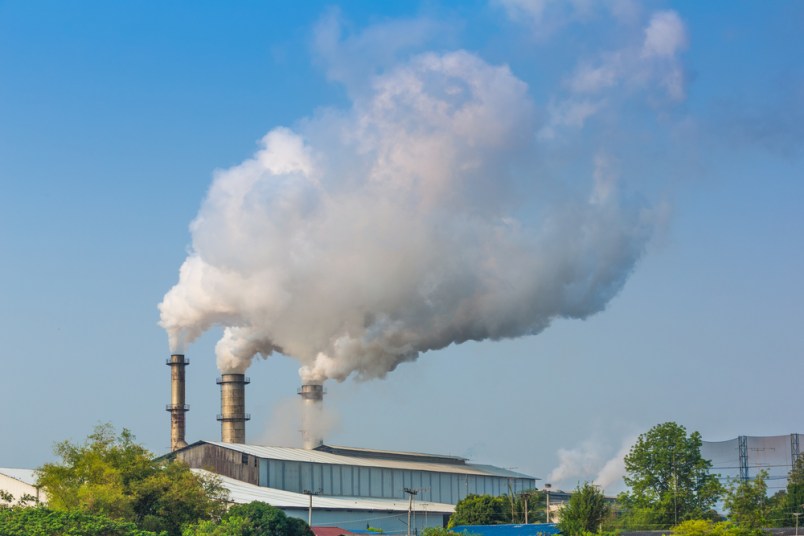WASHINGTON (AP) — Energy-related carbon dioxide pollution grew by 2 percent last year after declining several years in a row, a government report said Monday. The increase was largely due to a small boost in coal consumption by the electric power industry, according to the study by the U.S. Energy Information Administration.
Coal, long the dominant source for U.S. electricity, has regained some market share in recent months as natural gas prices have increased following historic lows in 2012.
American cars and factories spewed 5.38 billion tons of carbon dioxide in 2013, up from 5.27 billion in 2012, the report said. Carbon dioxide is the chief man-made global warming gas.
Even with the uptick, overall U.S. carbon emissions remained 10 percent below 2005 levels, more than half the reduction needed to achieve President Barack Obama’s goal of reducing carbon emissions by 17 percent from 2005 levels by 2020.
Obama has launched a major second-term drive to combat climate change, bypassing Congress as he imposes first-ever limits on carbon pollution from new and existing power plants.
Forty percent of U.S. carbon emissions, and one-third of greenhouse gases overall, come from electric power plants, according to the EIA.
Under Obama’s plan, the Environmental Protection Agency will propose guidance for states to regulate greenhouse gas emissions from future power plants, as well as those already in existence, to reshape where Americans get electricity. The plan is intended to help move the United States from a coal-dependent past into a future fired by cleaner sources of energy such as wind and solar power, nuclear energy and natural gas.
The EPA says the plan would not raise the price of electricity or cause major disruptions to the U.S. economy, a claim the coal industry and its allies in Congress dispute.
Obama’s plan also would boost renewable energy production on federal lands, increase efficiency standards and prepare communities to deal with higher temperatures that many scientists say are being caused by human activity. The 12 hottest years on record all have occurred in the past 15 years.
___
Follow Matthew Daly on Twitter: https://twitter.com/MatthewDalyWDC
Copyright 2014 The Associated Press. All rights reserved. This material may not be published, broadcast, rewritten or redistributed.






